The ‘future-forward creative unit’, headed up by an Aussie expat, explores how the likes of technology, theatrics and the senses can inform new modes of engagement.
Wherever she goes, a new department seems to follow. In 2016, Australia-born Anita Fontaine – together with longtime creative partner Geoffrey Lillemon – pitched the idea of a ‘future lab’ to Wieden+Kennedy in Amsterdam, which ultimately became The Department of New Realities. Earlier, the duo started an interactive research lab inside Boston agency Modernista!, and, as Fontaine calls it, ‘made art for brands’ – smart retail displays, fashion films, geo-located apps – under the name Champagne Valentine. The red thread? Creating uncharted hyper-sensorial experiences.
There’s a certain level of burnout with traditional media – for makers and consumers. Experiences are becoming more valuable than physical purchases. But how can we make physical environments intelligent and unexpected? Technology should enhance reality, not distract from it.
I think we’re moving towards living, breathing architecture. We’re already embedding intelligence in retail spaces, but in annoying ways. It has to be more thoughtful. People are just beginning to think about giving spaces sentience. There’s a lot of R&D still to be done, but it’s exciting to consider all the different senses you can tap into.
It has to be emotional and seamless. People are currently gravitating toward wellness. How can we build environments that benefit us? I have a lot of crazy ideas: pods and other structures that would shift people’s consciousness.
I don’t see a distinction between virtual reality and reality; it’s more about how they work together. A good example is Paradise Portal for Corona. Mexico City residents had more challenges connecting to nature, so we brought nature to them. We took visitors on a journey from a bustling urban environment to a virtual beach. Inside the VR experience were haptic elements – rocks, plants and so on – that you could touch in real life. There was scent in the air. At the end you sat on a beach, having a beer by sunset. We weren’t trying to replace nature, but to remind people of nature. The project was backed up by research that virtual nature can trick the brain into thinking you are really there, which is better than no nature at all.
We’re currently exploring a beauty spa for avatars. We’re already treating ourselves, and we already have avatars, so how long will it take before we send them to the spa?
If we don’t define the future – or at least help to think about it – then somebody else will. We may still be working in the realm of speculative fiction, but we have to start somewhere.
Take a look through our archive of stories on Virtual Reality. And to keep yourself inspired, join our mailing list.
INDESIGN is on instagram
Follow @indesignlive
A searchable and comprehensive guide for specifying leading products and their suppliers
Keep up to date with the latest and greatest from our industry BFF's!

For Aidan Mawhinney, the secret ingredient to Living Edge’s success “comes down to people, product and place.” As the brand celebrates a significant 25-year milestone, it’s that commitment to authentic, sustainable design – and the people behind it all – that continues to anchor its legacy.
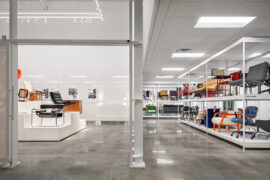
The undeniable thread connecting Herman Miller and Knoll’s design legacies across the decades now finds its profound physical embodiment at MillerKnoll’s new Design Yard Archives.
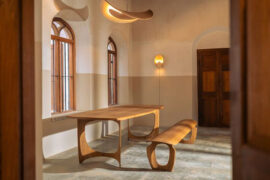
From Australian architects to Spanish and Indian designers, Design Mumbai 2025 expands its international reach — proving India’s growing role on the global design stage.
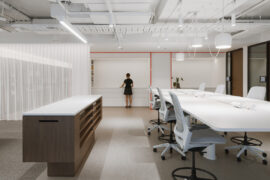
GEYER VALMONT is launching an innovation hub designed to improve existing interior design capability through enhanced ways of working and industry-leading technology products.
The internet never sleeps! Here's the stuff you might have missed
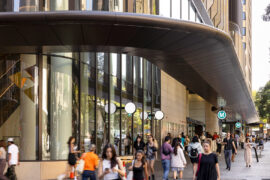
‘Civic Vision | Foster + Partners’ is the first comprehensive exhibition of the practice’s work to be held in Australia, providing an in-depth look at its global portfolio of work since it was founded in 1967 by Norman Foster.
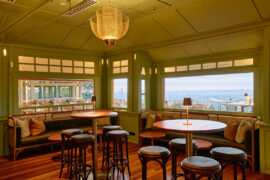
A multi-million dollar revitalisation of the heritage-listed venue at Brisbane’s beauty spot has been completed with The Summit Restaurant.

Richmond came alive for Saturday Indesign 2025 as showrooms, rooftops and laneways transformed into a celebration of design, creativity and connection.

Leeton Pointon Architects and Allison Pye Interiors have been awarded as the winner of The Living Space at the INDE.Awards 2025 for their exceptional project House on a Hill. A refined and resilient multigenerational home, it exemplifies the balance of architecture, interior design and landscape in creating spaces of sanctuary and connection.